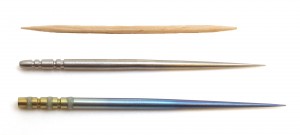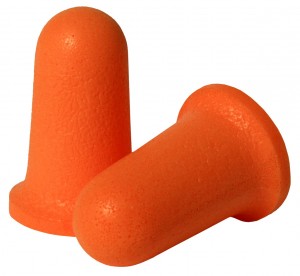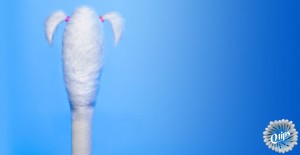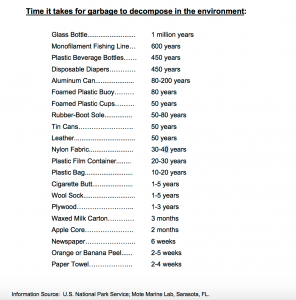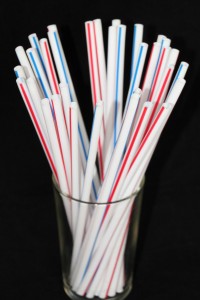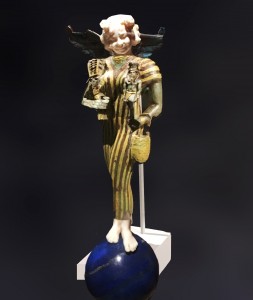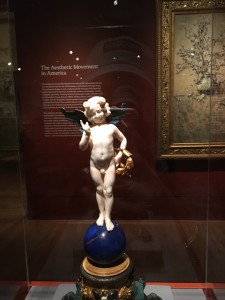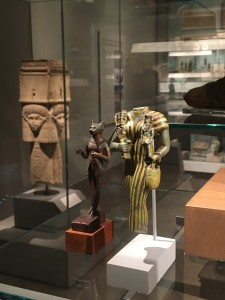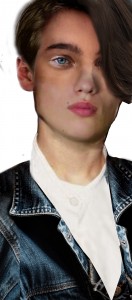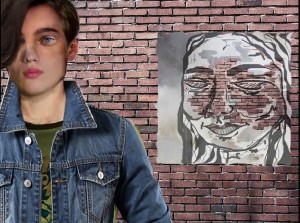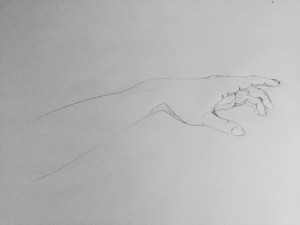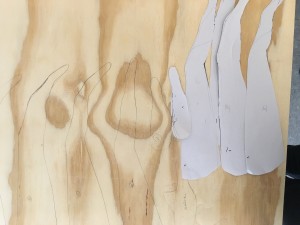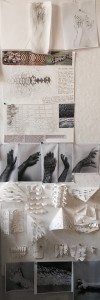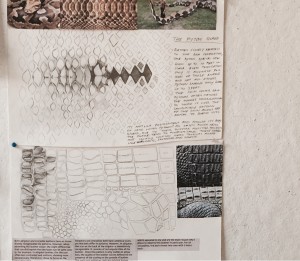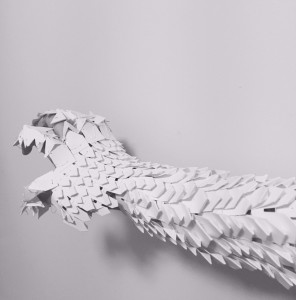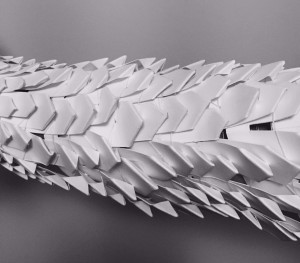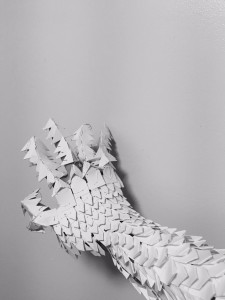As research shows not one person in particular can be credited with the glorious invention of this magnificent object. The use of objects similar to the toothpick can be dated back to the Grooves on the teeth of Neanderthal and Homo sapiens skulls, as they evident scratched on the teeth suggesting the use of a tool to remove excess from teeth. However, when researching the first person to mass produce the toothpick as we know it today, Charles Forster comes to mind, as he was the first to introduce toothpicks to the US market in the middle of the 19th century.
The toothpick was always intended to remove excess food or such from ones teeth.
I chose this objects, as I once heard the tragedy behind the misunderstood design of the toothpick through word of mouth, and since have been mesmerised by its multifunctional use. Apparently the carved end of the toothpick is supposed to be broken off, so that the toothpick will not rest on the surface of the table, or whatever other object, in order to stay hygienic and reusable, levitating just above surface, resting on the broken off piece of the toothpick. I felt as if this was incredibly genius and hence have felt the urged to find out more about the toothpick and its origin.
Manufacturing of this product:
Materials Used: Most commonly wood. However some toothpicks are also be made from more precious materials such as titanium, in order to be used more then once.
Environmental Footprint: Hence most commonly toothpicks are made from wood, they dissolve over time creating minimal waste. Furthermore, since most toothpicks seem to be produced from bamboo this product is relatively harmless to the environment, as bamboo is one of the fastest regrowing plants.
Process: The process of how a toothpick is created can be seen here: https://www.youtube.com/watch?v=rP_7FIpPFEQ
